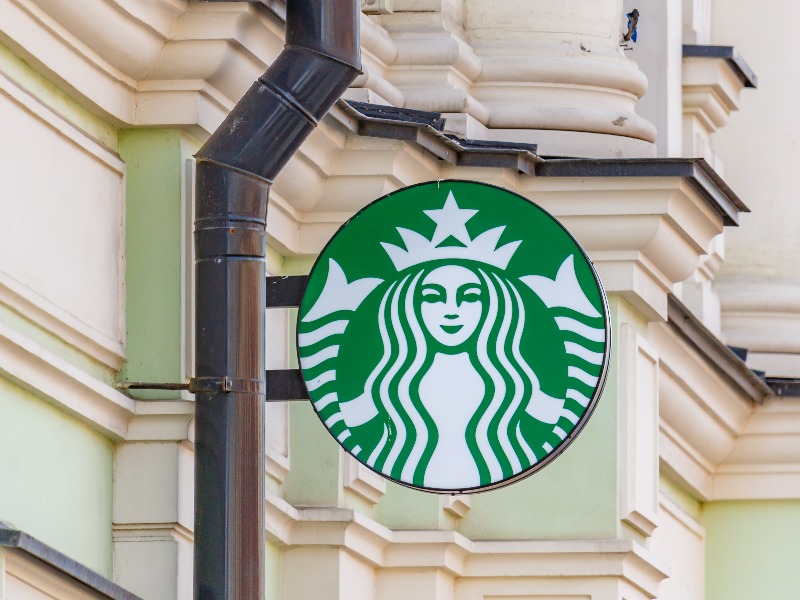

It’s become a common sight: jubilant Starbucks Corp. workers celebrating after successful votes to unionize at dozens of U.S. stores.
But when the celebrations die down, a daunting hurdle remains: to win the changes they seek — like better pay and more reliable schedules — unionized stores must sit down with Starbucks and negotiate a contract.
At least 85 of Starbucks’ 9,000 company-run U.S. stores have voted to unionize since December, according to the National Labor Relations Board, and at least 10 stores have rejected the union. Many more elections are coming: at least 268 stores representing 7,244 workers across the U.S. have petitioned the NLRB to hold union elections.
Read: Starbucks can afford ‘decent wage with decent benefits,’ says Sanders as N.Y. store unionizes
The labour board says it has officially certified 64 of those 85 elections, which means Starbucks must begin bargaining with the union at those stores. So far, just three — two in Buffalo, N.Y. and one in Mesa, AZ — have begun the process. Many others are talking to Starbucks about dates to begin negotiating, according to Workers United, which represents the unionized stores.
Already, the NLRB has filed 56 complaints against Starbucks for various labour law violations, including firing workers for union activity. Starbucks has filed two complaints against the union, saying labour organizers harassed and intimidated workers at some stores.
Starbucks has shown a willingness to bargain outside of the U.S. In Victoria, B.C., workers at a Starbucks store voted to unionize in August 2020. It took Starbucks and the United Steelworkers union nearly a year to reach a collective bargaining agreement, which was ratified by workers last July.
Earlier this month, the United Steelworkers filed an application with the Alberta Labour Relations Board for a union certification vote on behalf of Starbucks workers at five stores in Lethbridge, Alta.
Read: Starbucks Canada perking up benefits, pay amid ‘critical staffing shortages’
During a corporate earnings call this month, Starbucks’ chief executive officer Howard Schultz said the company respects the rights of Starbucks’ employees and will bargain where it’s required to. But he also insisted that employees don’t need a union to get the best-in-class wages and benefits provide by Starbucks.
He then announced $200 million in new investments for non-union stores, including raises for veteran employees and more training time for new baristas. The company even promised one of the union’s priorities — credit card tipping — before the end of this year.
In January, Starbucks Canada increased its starting wages to a dollar above provincial minimums, while workers who’ve been with the company a year will receive a six to 10 per cent pay hike. It has also providing every hourly worker in Canada with three paid shifts off per calendar year for sick days or family care, along with ongoing perks such as free coffee, a subscription to a meditation app and health and dental care.
Read: Starbucks launching digital wellness app for staff, family members
The union does have the power to strike, which could pressure Starbucks into reaching an agreement, says Risa Lieberwitz, a professor of labour and employment law at Cornell University and the academic director of the university’s Worker Institute. But Starbucks might also successfully convince workers that the company functions best without a union.
That’s what happened at a Starbucks store in Springfield, Va., where workers rejected unionization in a 10-8 vote in April. Labour organizer and barista Tim Swicord says his store is well run and workers didn’t want to risk changing that. He’s taking some time to listen to his colleagues and won’t try to hold another election anytime soon. But he still supports the union. “It’s a long road, but we are a piece of the puzzle. We’ll fit in somehow.”
Read: Starbucks Canada giving staff temporary paid sick leave, raising wages
